Description
ALSTOM MVAJ21L1GB0771B – Heavy‑Duty Auxiliary/Tripping Relay for Protection Panels
The ALSTOM MVAJ21L1GB0771B is part of the well‑known MVAJ family of attracted‑armature auxiliary relays that utilities and industrial plants still rely on for decisive tripping and interlocking. From my experience, this series is often used as a trip relay behind protection devices, a lockout/annunciation element in switchgear, or as a robust interface between numerical relays and DC trip coils. You might notice that MVAJ units are chosen when fast operate time, strong contact capability, and straightforward maintenance matter more than bells and whistles.
Company’s Order Placement Process and Guarantees
- Warranty: 365 days
- Delivery: typically 1 week if in stock; no more than 1 month latest
- Payment: 50% advance payment; full payment prior to delivery
- Express delivery options: FedEx, UPS, DHL
Key Features
- Instantaneous tripping action – attracted‑armature design delivers fast operate time for dependable breaker trip commands.
- Heavy‑duty contacts – typically used to drive trip coils or interlocks; suited for DC duty with solid make/break performance.
- Hand‑reset flag/indicator – operators can visually confirm operations; helpful during commissioning and post‑fault checks.
- Multiple coil voltage options – the series is available in common DC coils (e.g., 24/48/110/125/220 VDC); this build code is commonly paired with a 110 VDC coil in many cases.
- Draw‑out case for maintenance – relay element can be withdrawn for inspection or replacement without re‑wiring the panel.
- Noise‑tolerant and simple to test – straightforward design that works well with standard secondary‑injection and functional test routines.
- Retrofit‑friendly – widely used in legacy ALSTOM/AREVA/GEC panels, which helps reduce re‑engineering effort during like‑for‑like replacement.
Technical Specifications
| Brand / Model | ALSTOM MVAJ21L1GB0771B |
| HS Code | 8536.49 (Relays, for a voltage not exceeding 1,000 V, other) |
| Power Requirements (Coil) | DC coil; model‑dependent. For this code, it commonly corresponds to 110 VDC in many installations; please confirm against rating plate. |
| Signal I/O Types | Dry relay outputs; changeover contacts (Form C). Contact arrangement per sub‑code; suited for trip/interlock duty. |
| Communication Interfaces | None (electromechanical auxiliary relay) |
| Operating Temperature | Typically −10°C to +55°C for this series (verify with nameplate) |
| Installation Method | Flush panel mounting in draw‑out case; rear terminal block wiring |
| Dimensions & Weight | Varies by contact/flag configuration; typical draw‑out relay case used in protection panels. Detailed case size available on request. |
Application Fields
This model is widely used in medium‑ and high‑voltage environments where a rugged tripping or interlocking element is required:
- Utility substations and MV/HV switchgear (breaker trip and lockout functions)
- Industrial protection panels for motors, feeders, and transformers
- Generator protection cabinets in power plants
- Rail traction and transportation substations
- Oil, gas, and petrochemical MCC/relay rooms with DC trip circuits
Advantages & Value
- Reliability that operators trust – simple mechanism, fast operation, and a long track record in critical protection schemes.
- Compatibility with existing panels – in many cases a like‑for‑like replacement minimizes wiring changes and downtime.
- Cost control – avoids re‑engineering trip circuits when retrofitting numerical relays; keeps commissioning time tight.
- Serviceability – draw‑out design and hand‑reset flag simplify fault tracing and periodic testing.
- Support and spares – we can supply coil voltage variants and contact configurations matched to your scheme drawings.
Installation & Maintenance
- Panel and environment – mount in a clean, dry, and ventilated protection panel; typical 19‑inch rack or switchgear relay compartment is fine.
- Wiring – use appropriately rated DC supply wiring; observe coil polarity if indicated; keep trip circuits segregated from noisy control wiring.
- Contact load – size arc suppression for DC inductive loads where needed (RC snubbers or diodes) to extend contact life.
- Grounding – ensure panel ground is sound to reduce nuisance operations due to transient spikes.
- Routine checks – quarterly mechanical operate/return tests; annual contact resistance check and visual inspection for dust/carbonization.
- Cleaning – power down, withdraw the relay, and use non‑residue contact cleaner; avoid over‑lubrication.
- Documentation – verify coil voltage and contact arrangement against the nameplate and your protection scheme prints before energization.
Quality & Certifications
- Manufacturer quality system: typically ISO 9001 for ALSTOM protection manufacturing
- Compliance: CE marking for low‑voltage switchgear components; RoHS applicability varies by production batch and year
- Warranty: 365 days (repair/replace)
Practical Notes from the Field
One thing I appreciate is how predictable the operate/reset behavior is with the MVAJ series, especially on DC trip circuits with long runs. A maintenance supervisor at a steel plant told us the hand‑reset flag “saved a few hours” during an unexpected breaker trip because the team could identify the initiating device within minutes. If you’re standardizing spares, it seems to be a good idea to keep at least one coil‑voltage variant aligned with your most common DC bus (often 110 or 125 VDC).

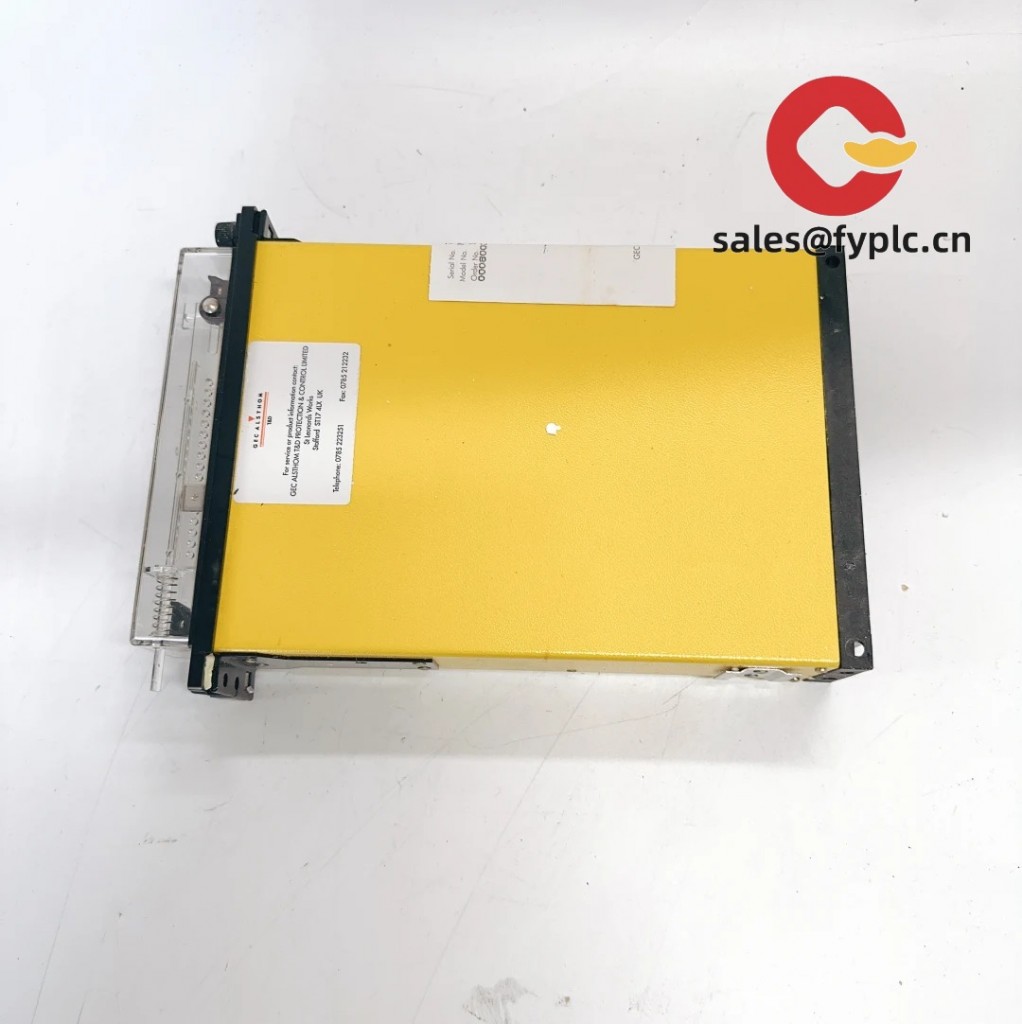
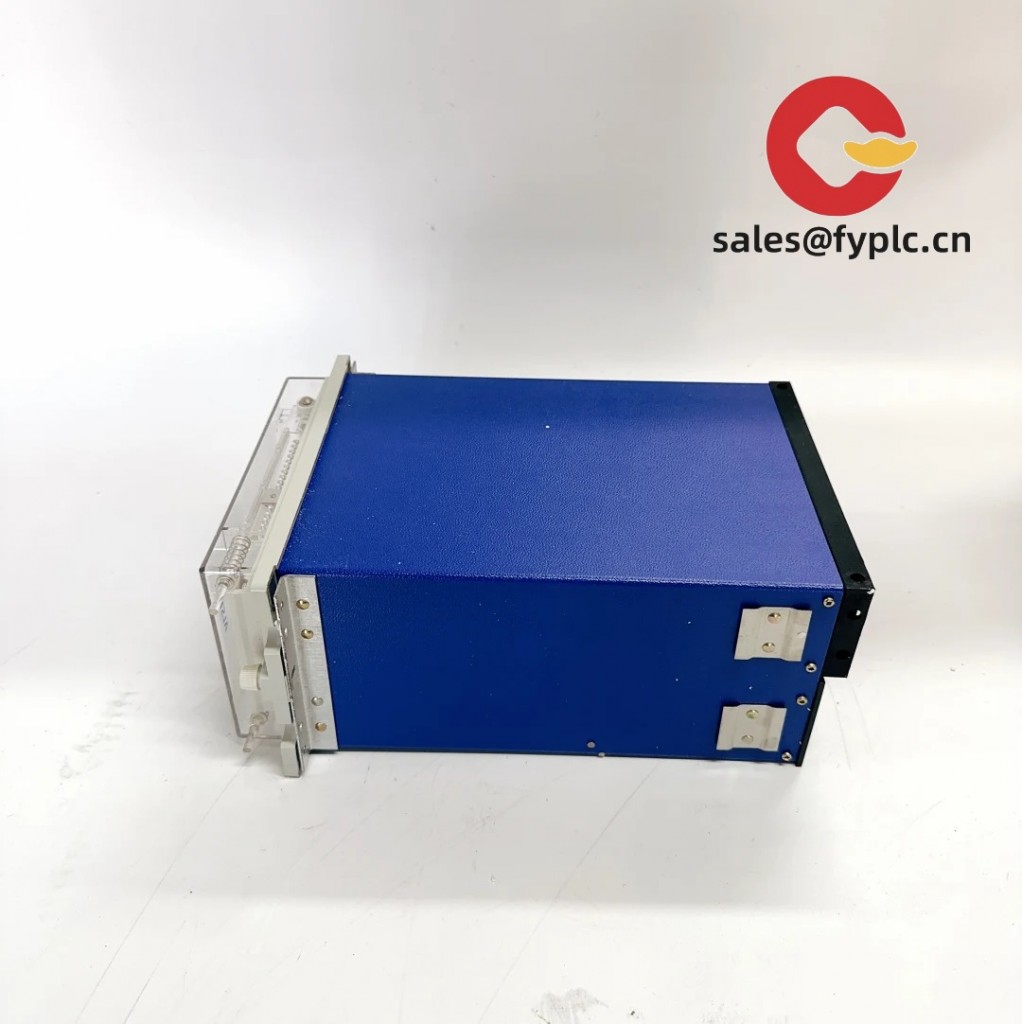
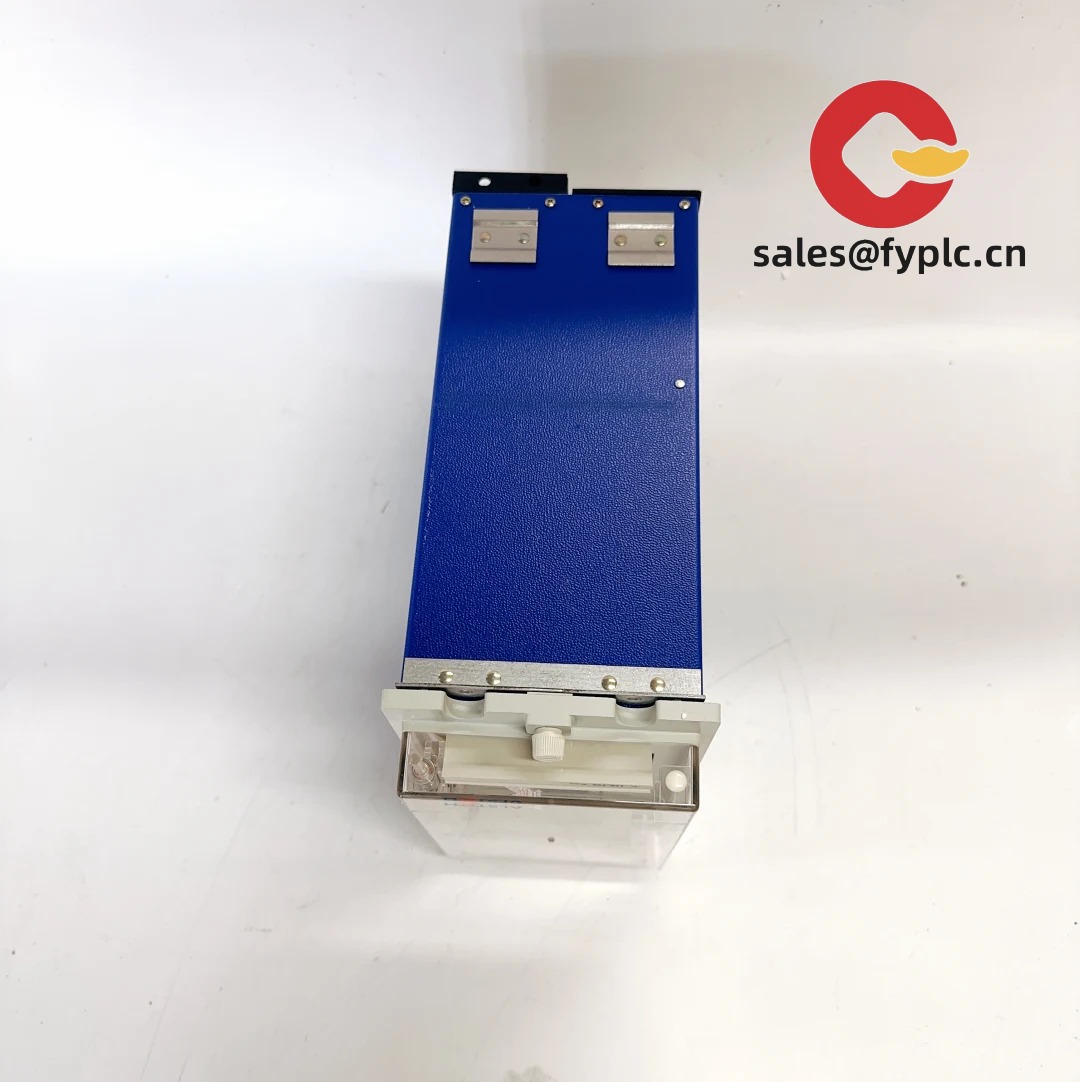
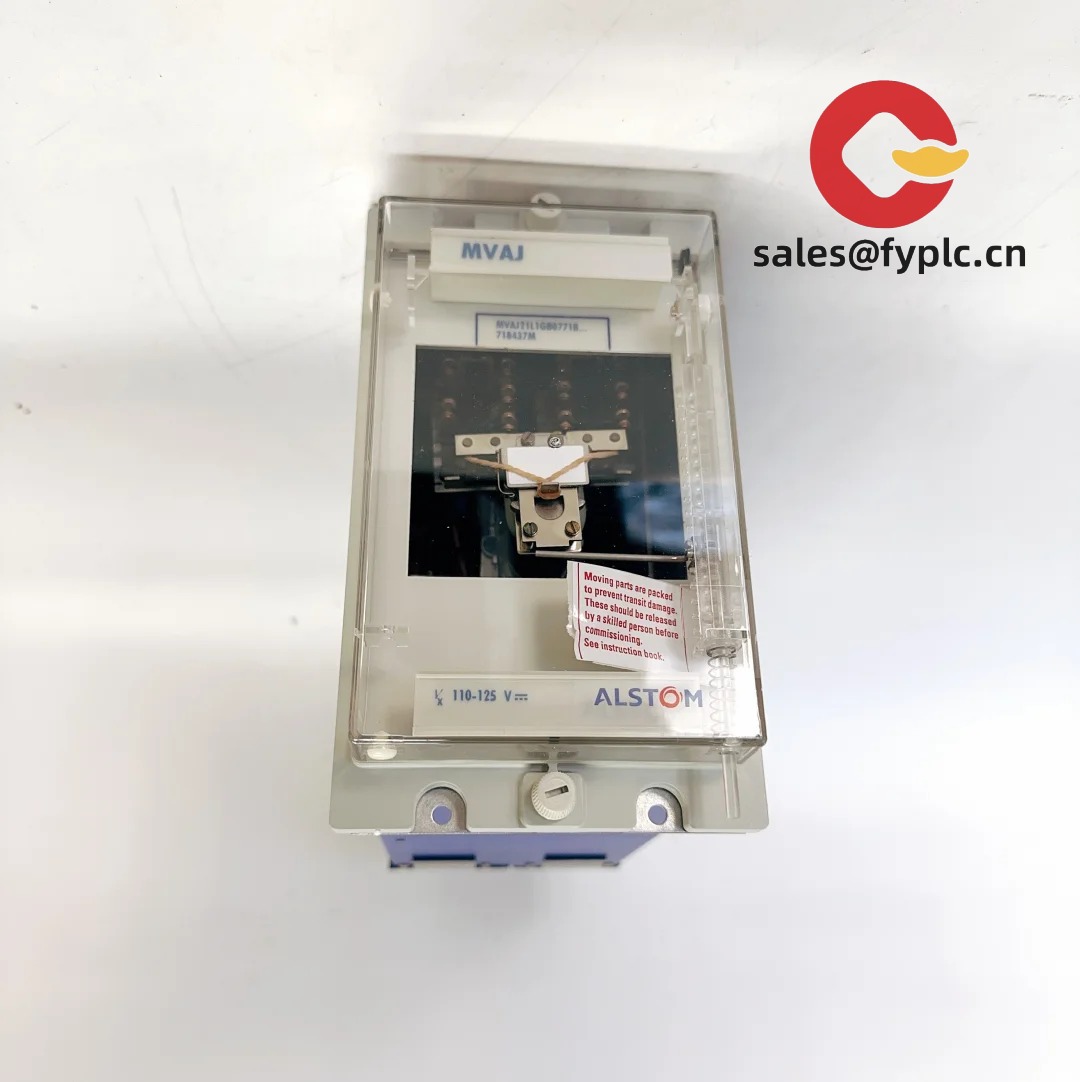


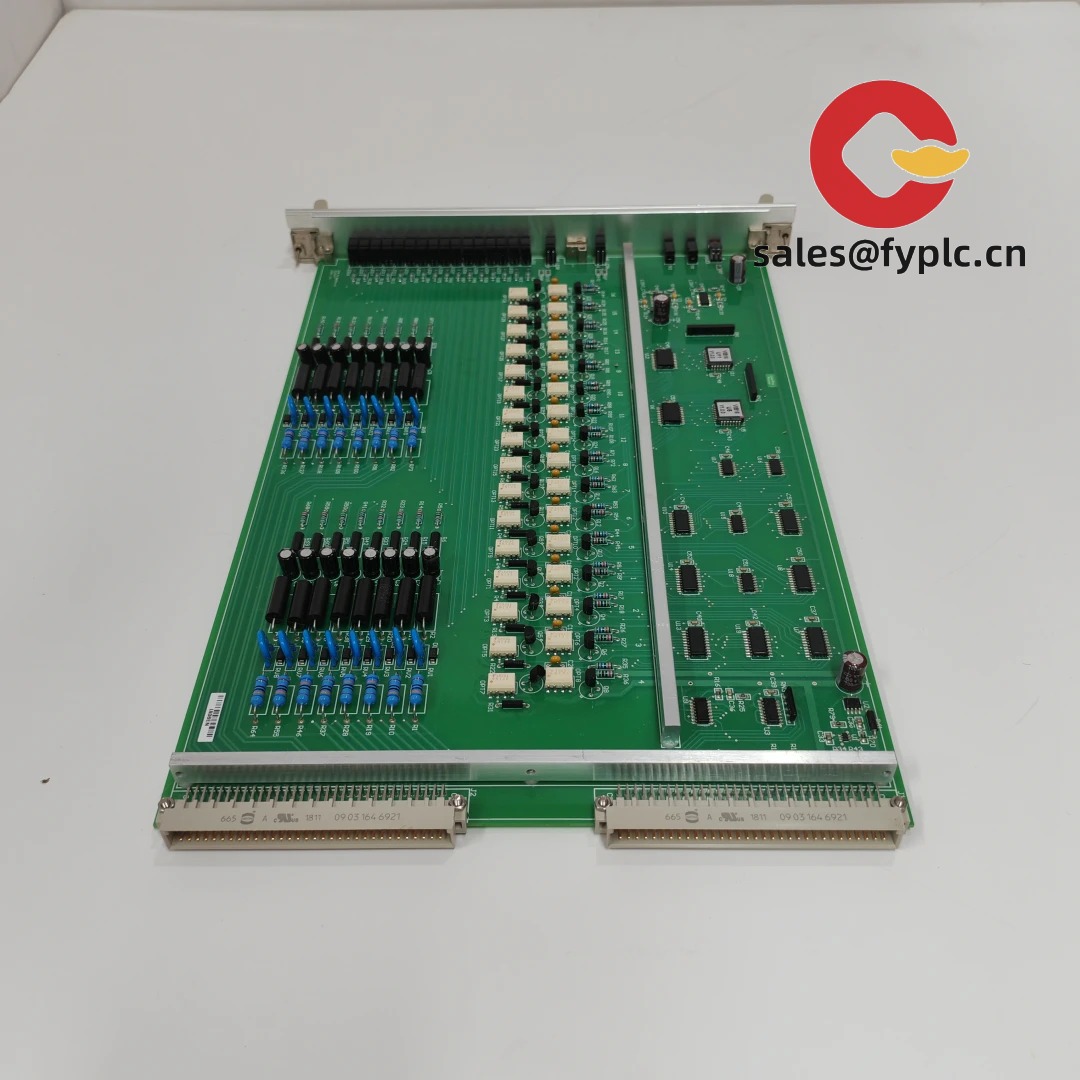
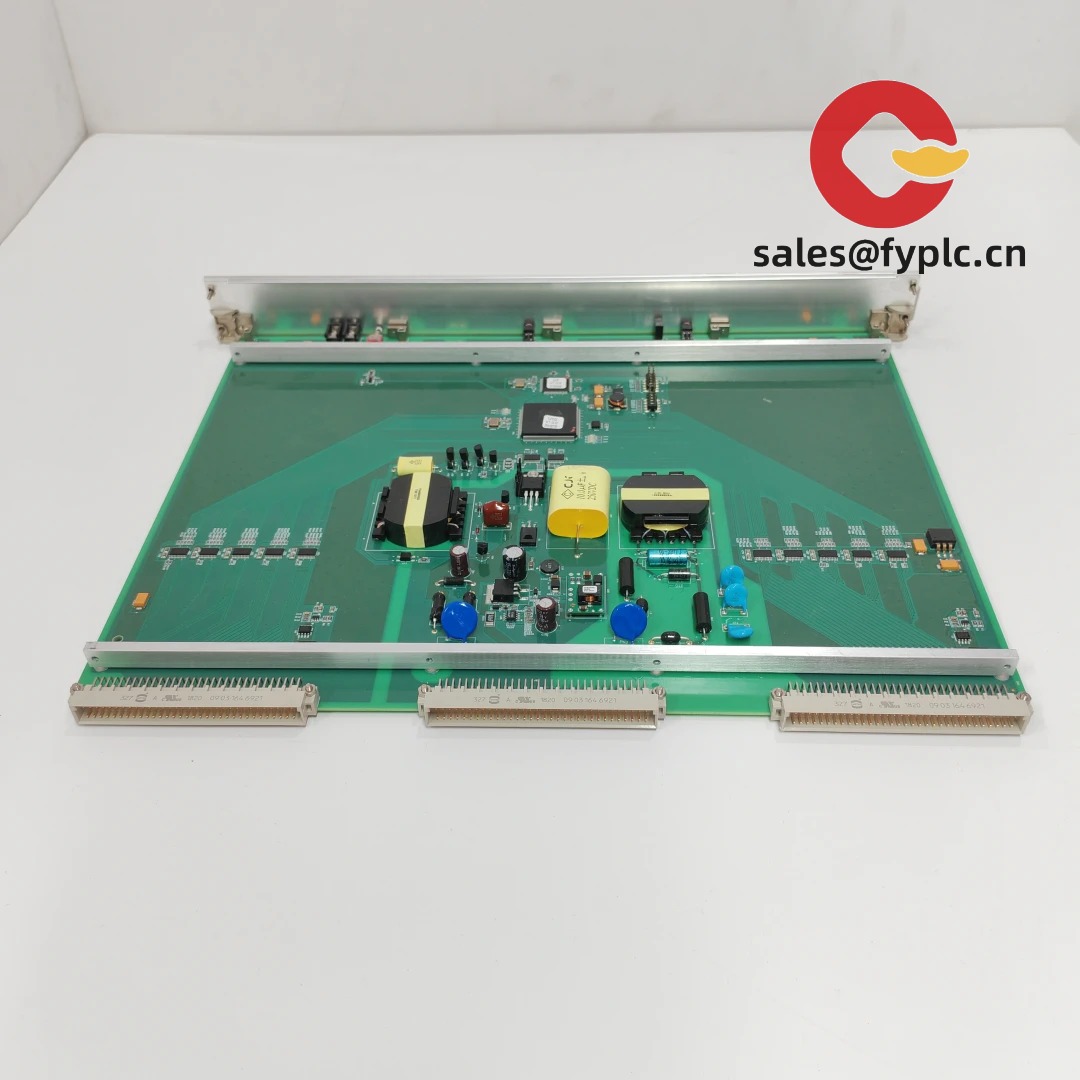
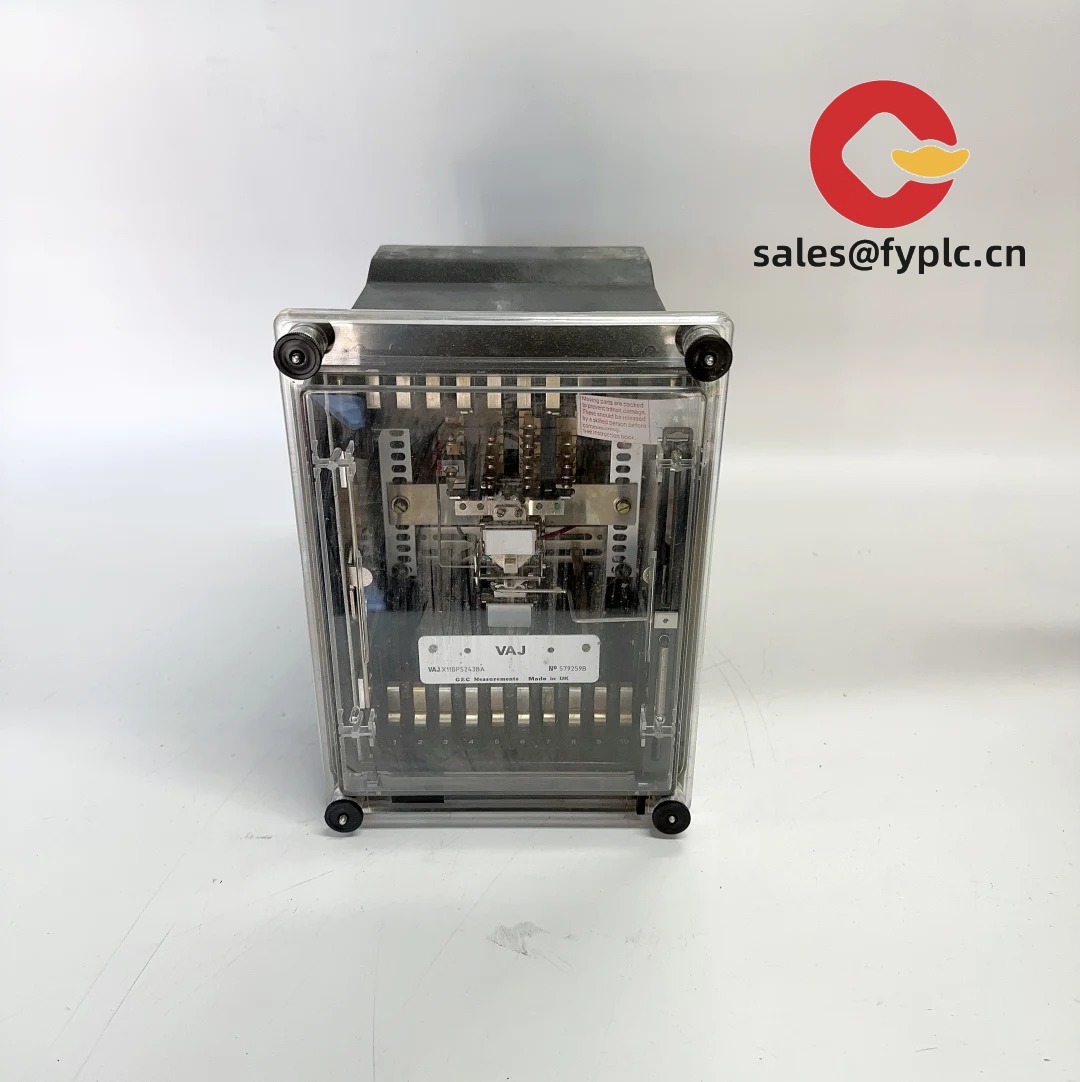
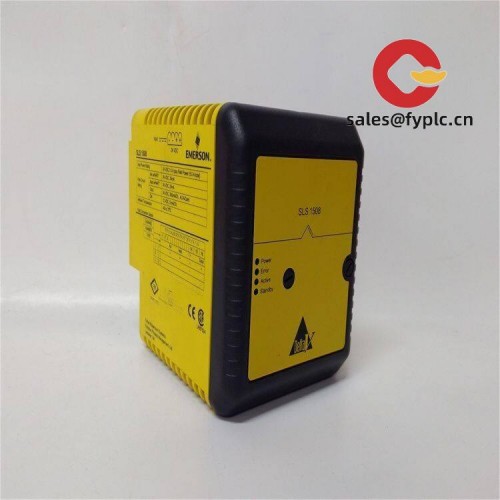
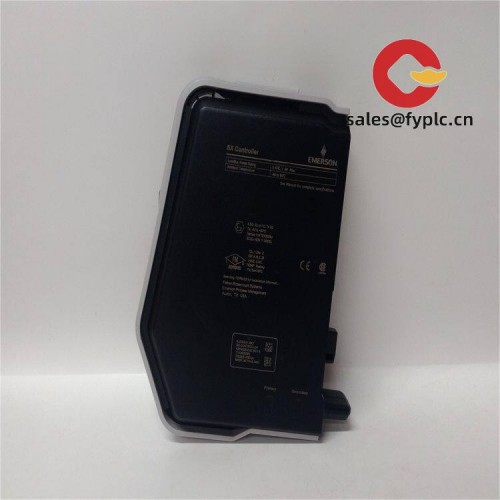
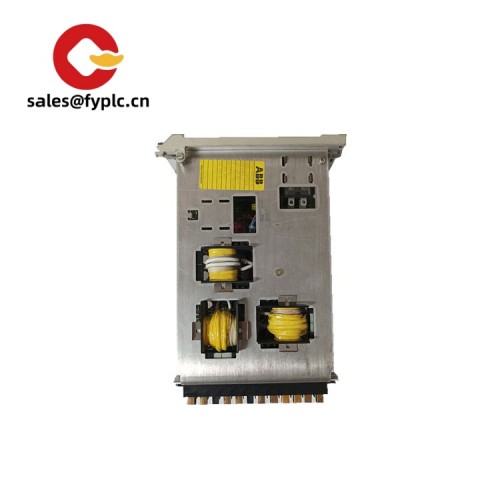
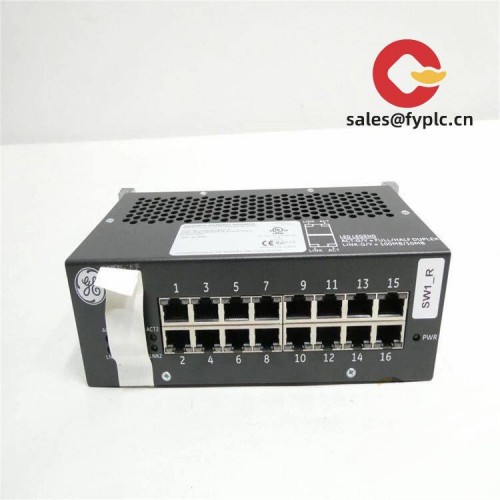
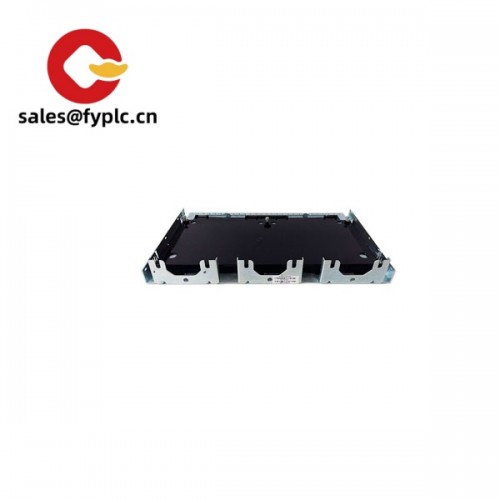


Reviews
There are no reviews yet.